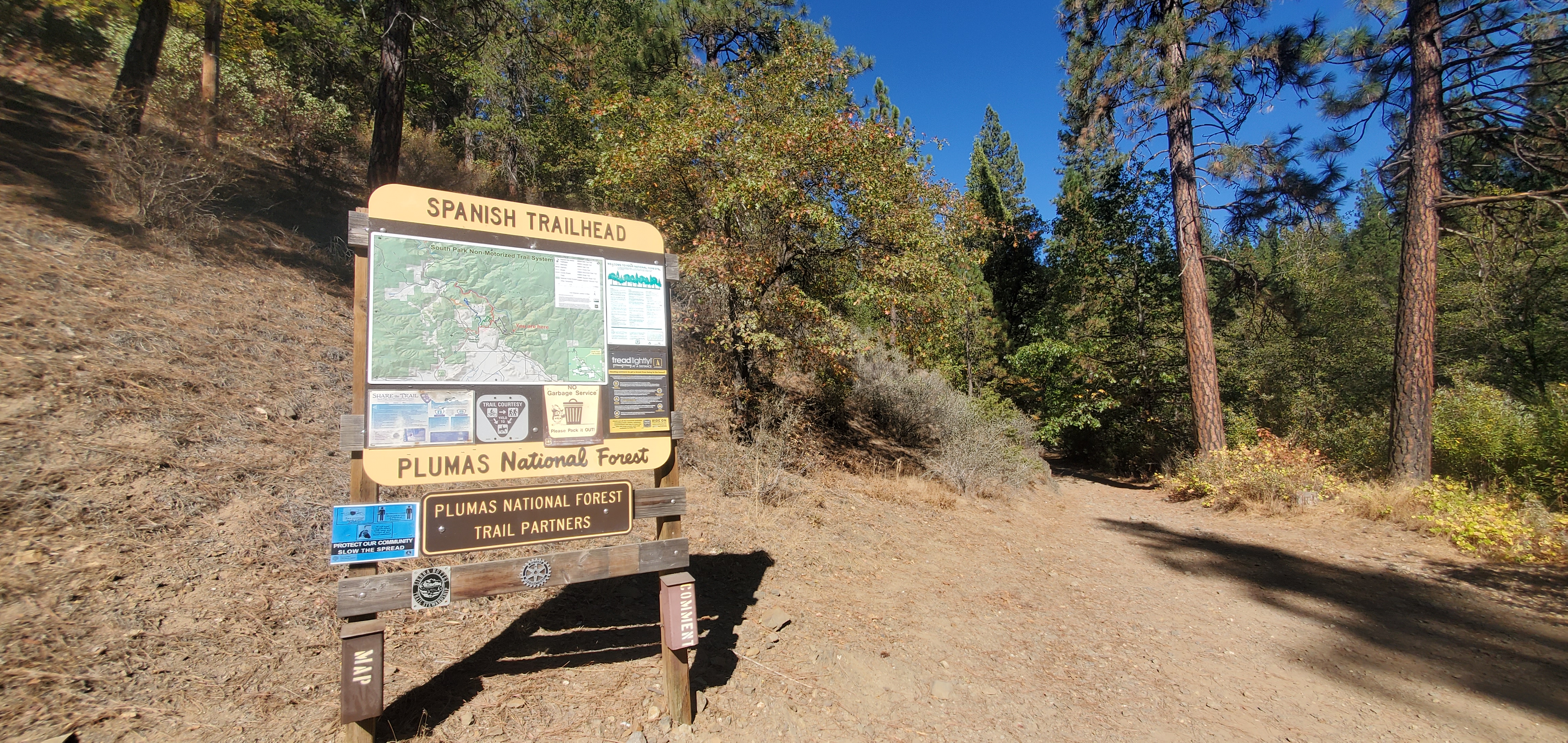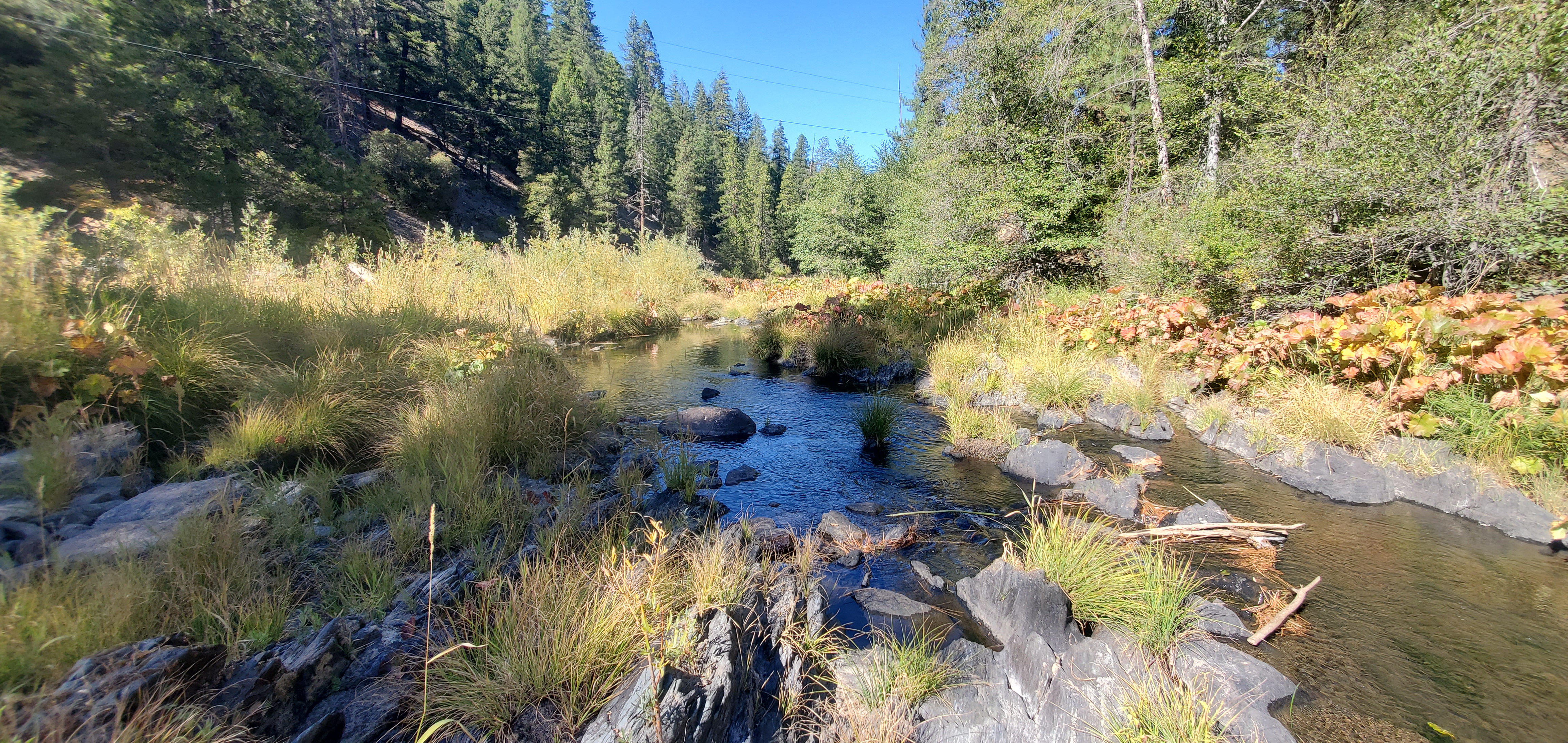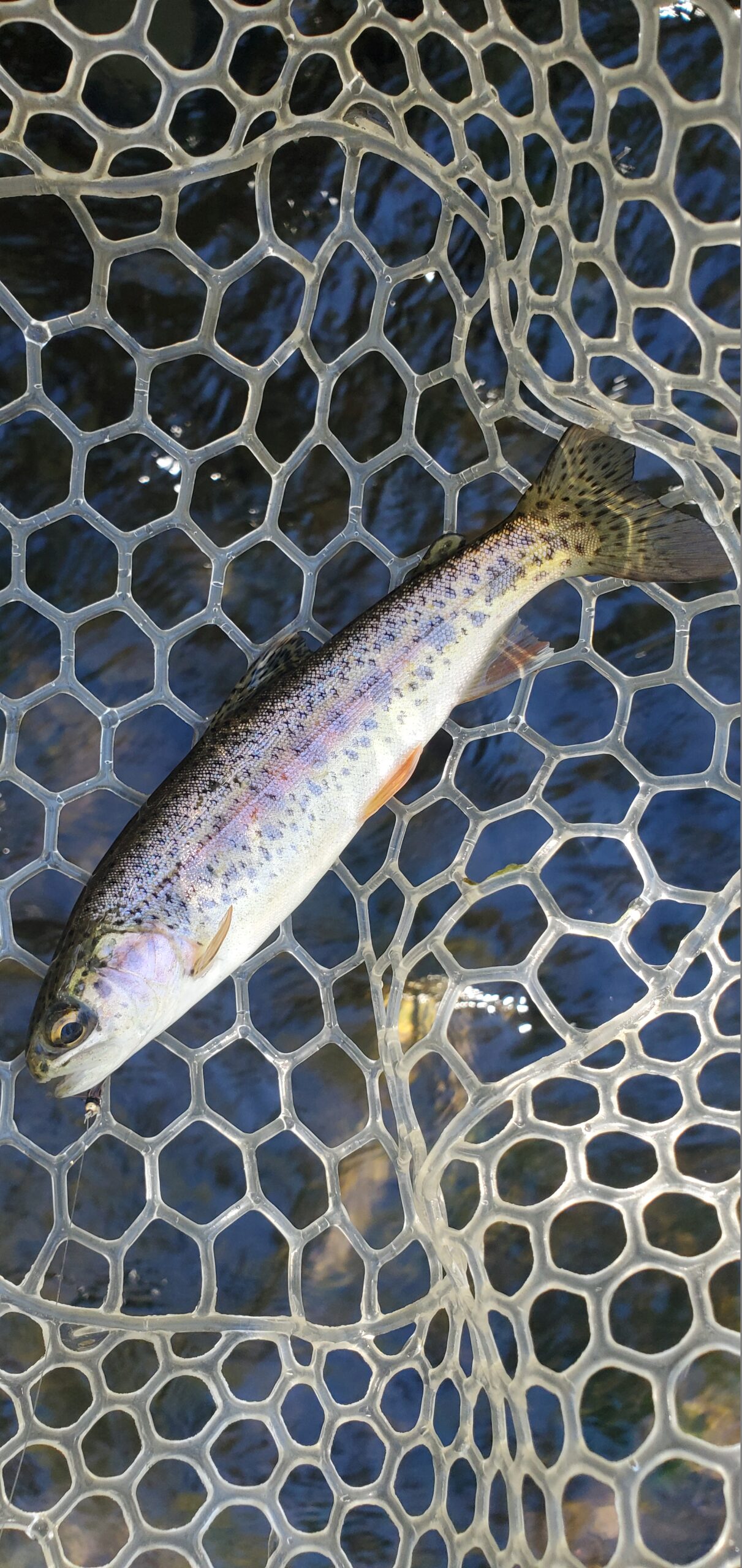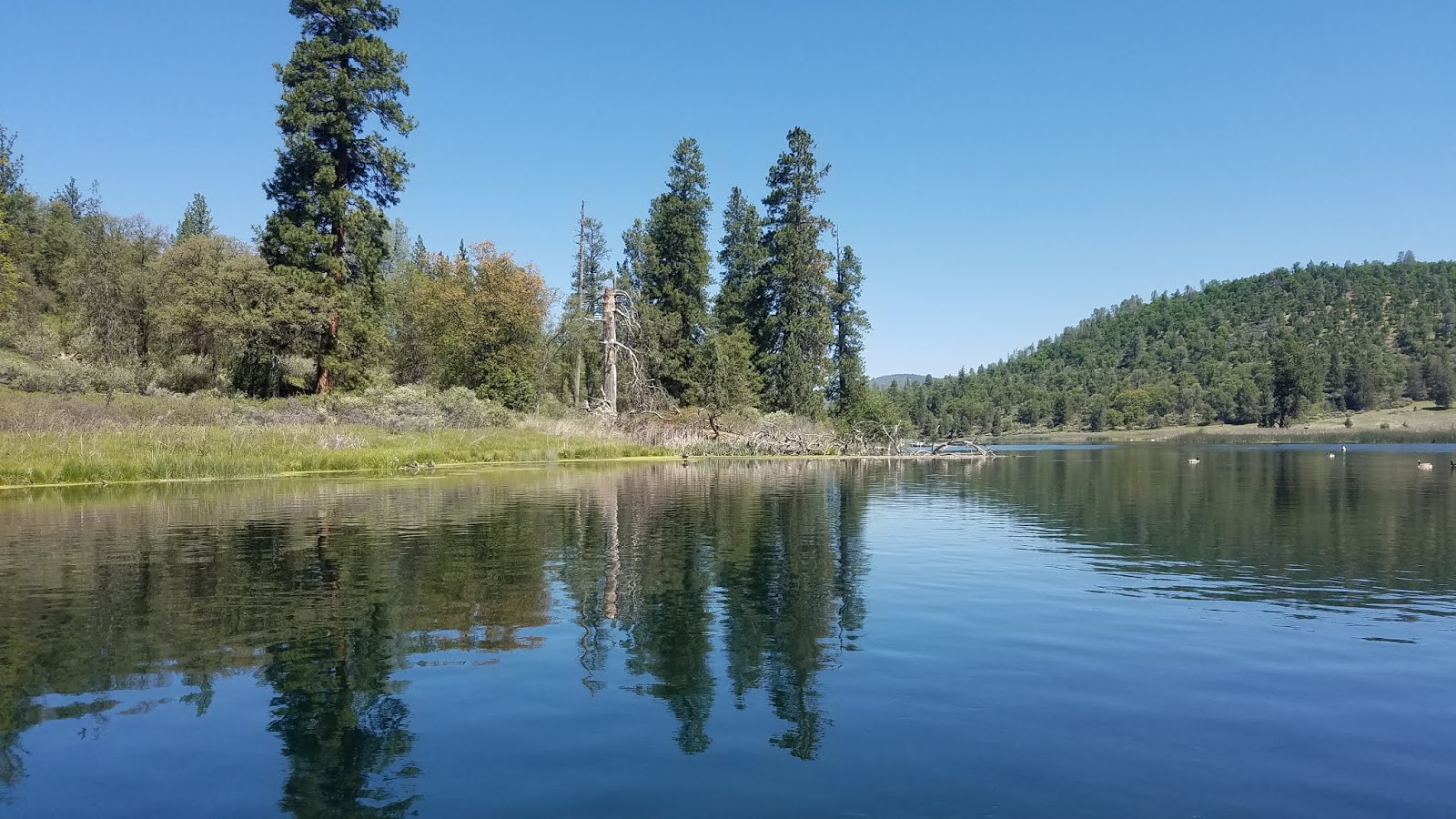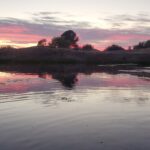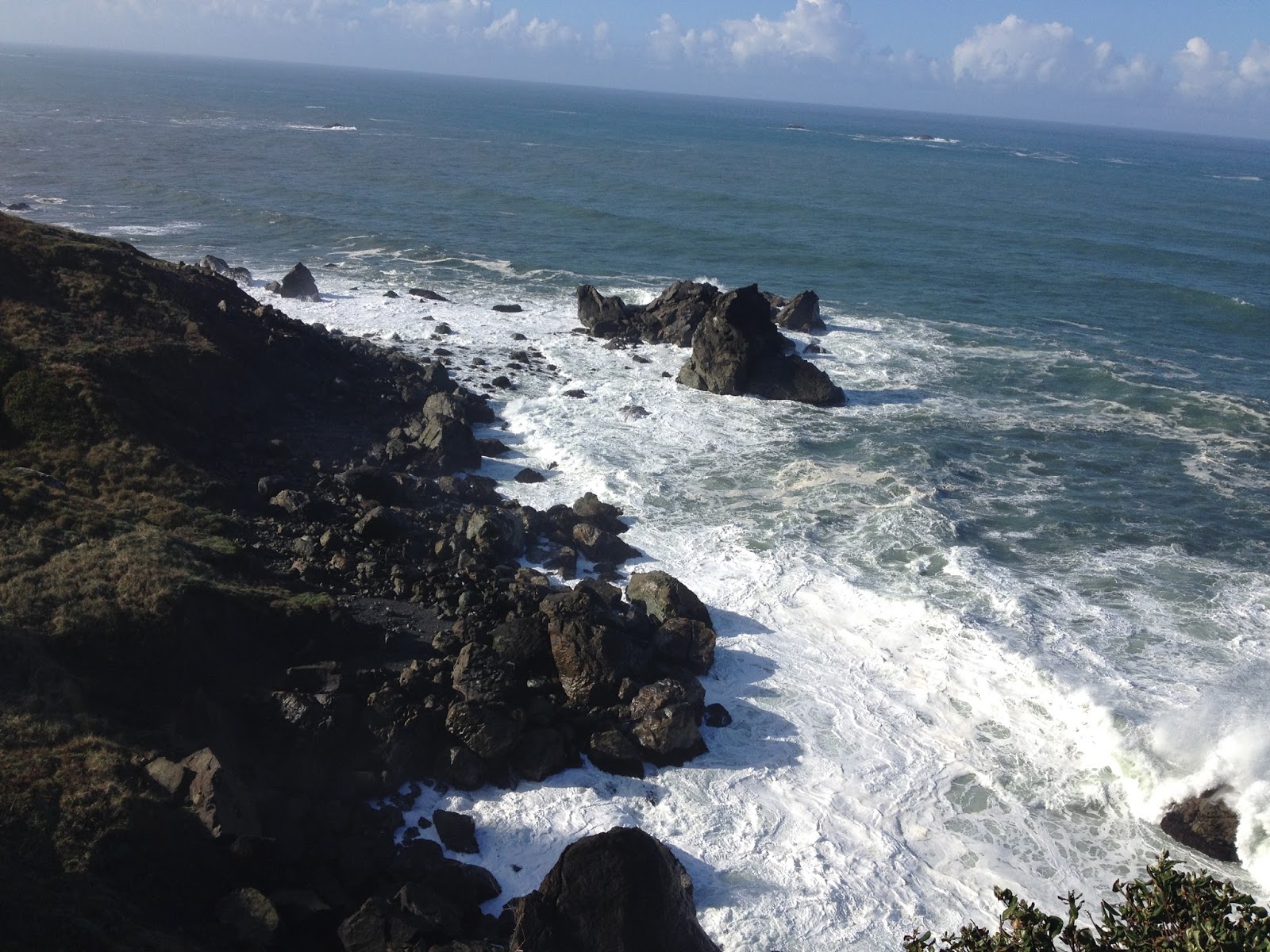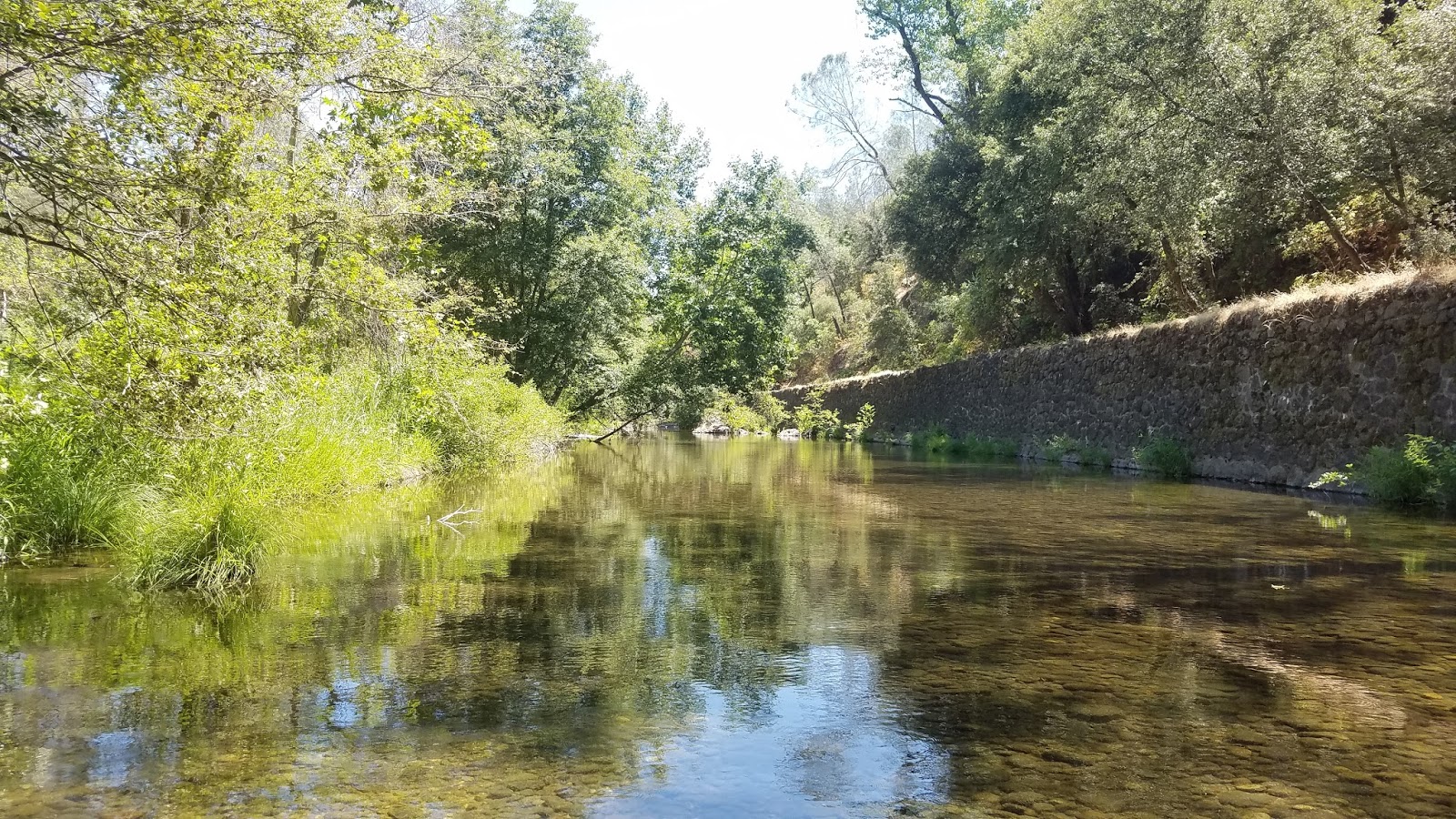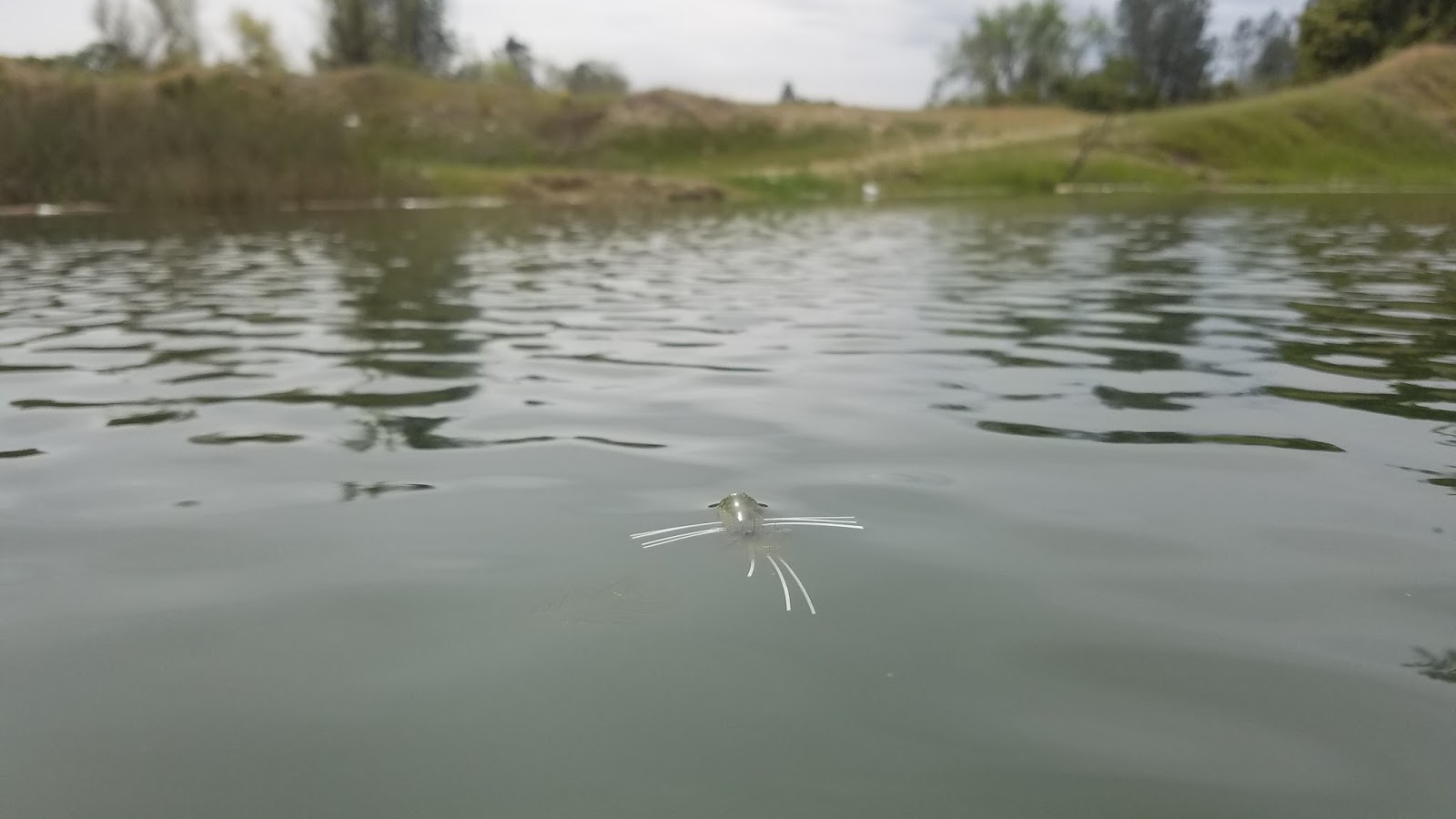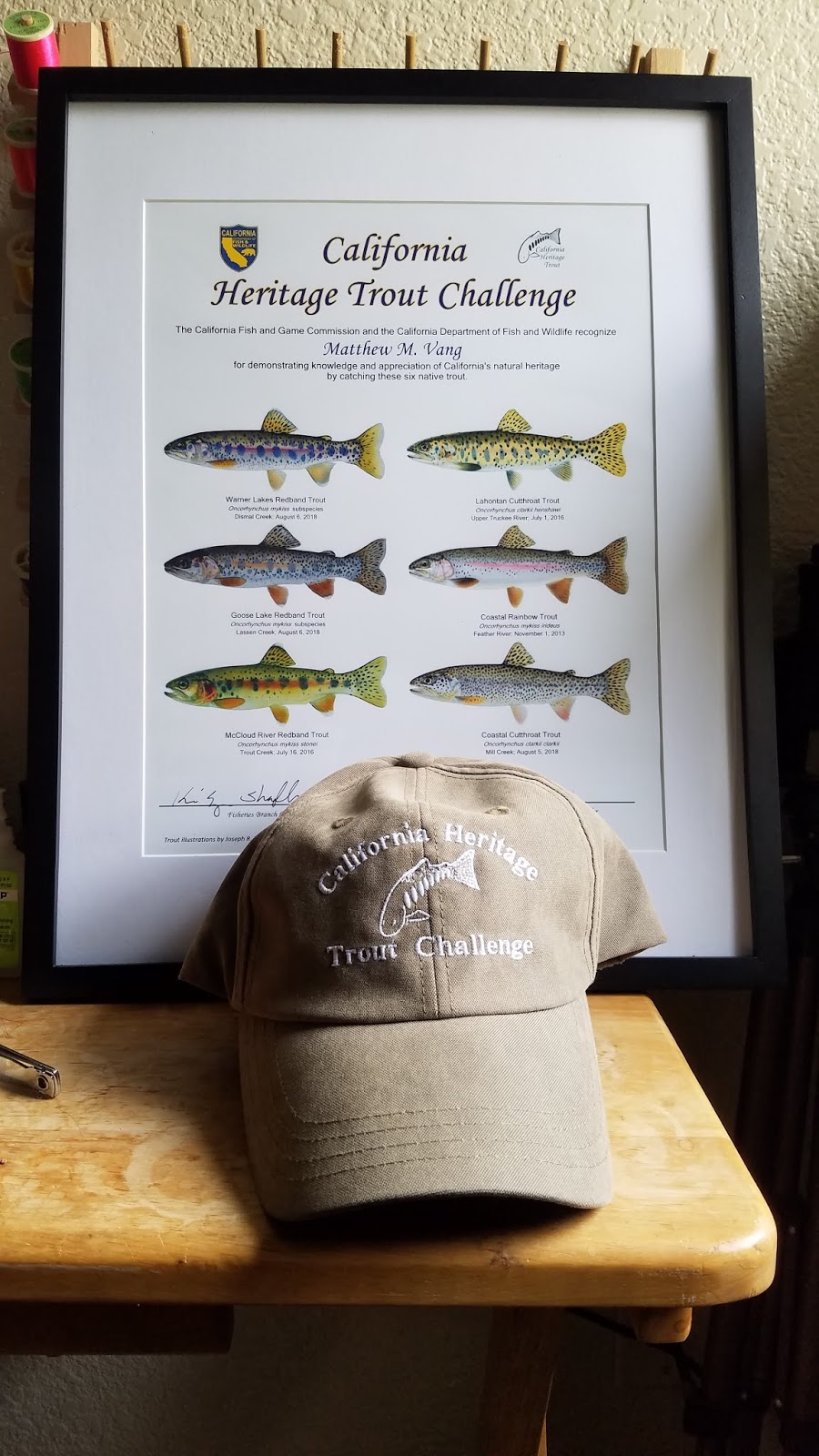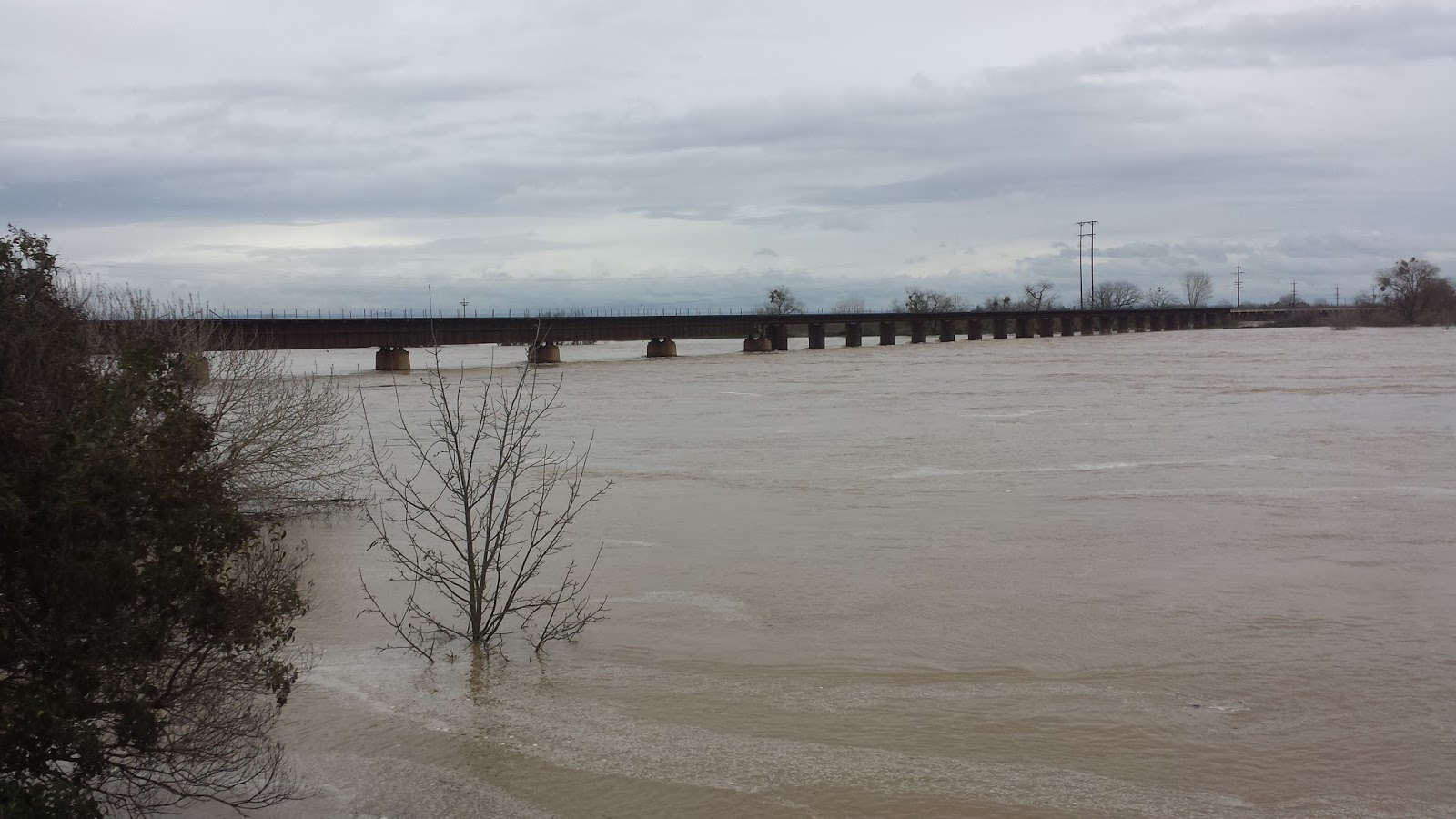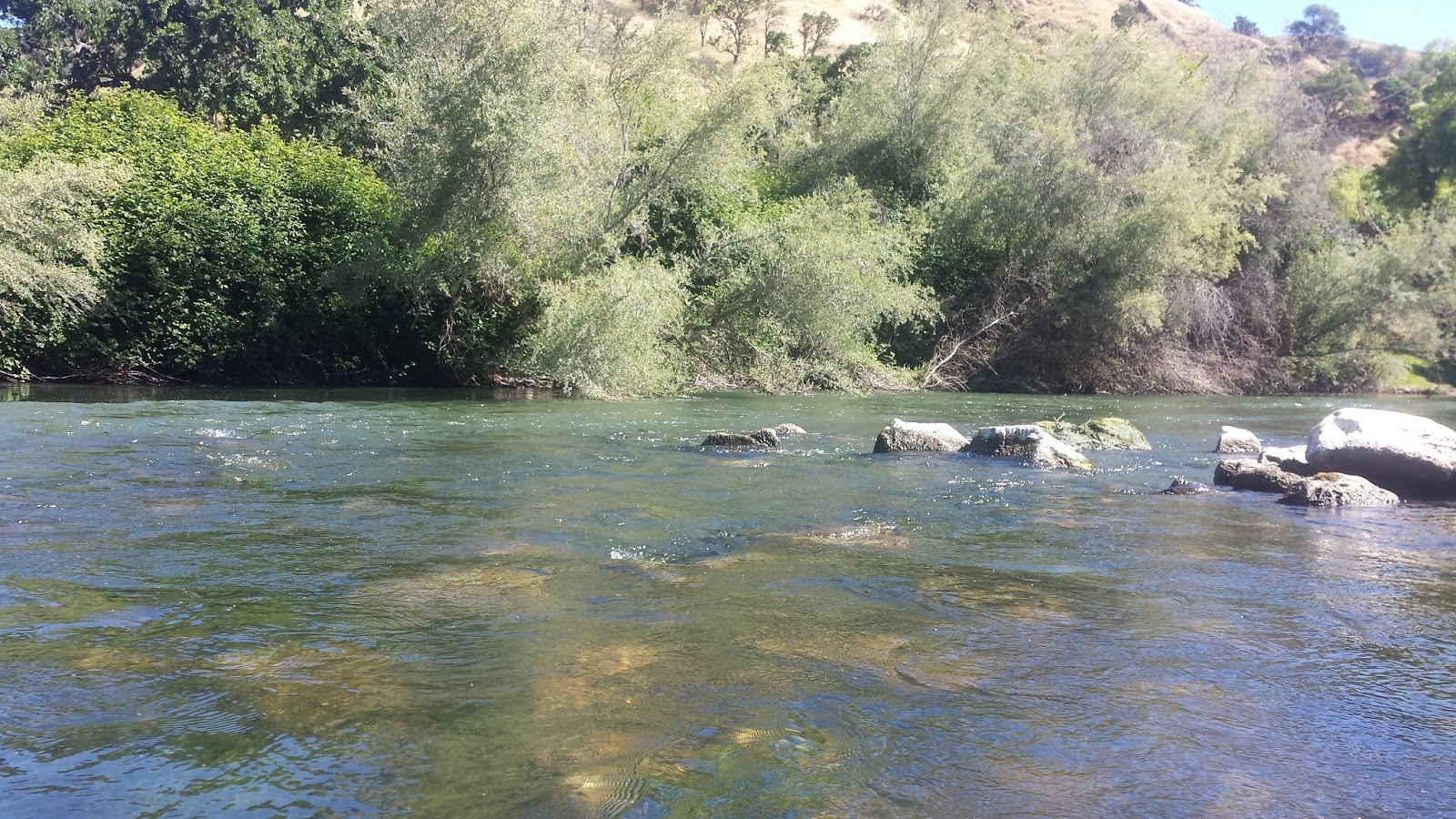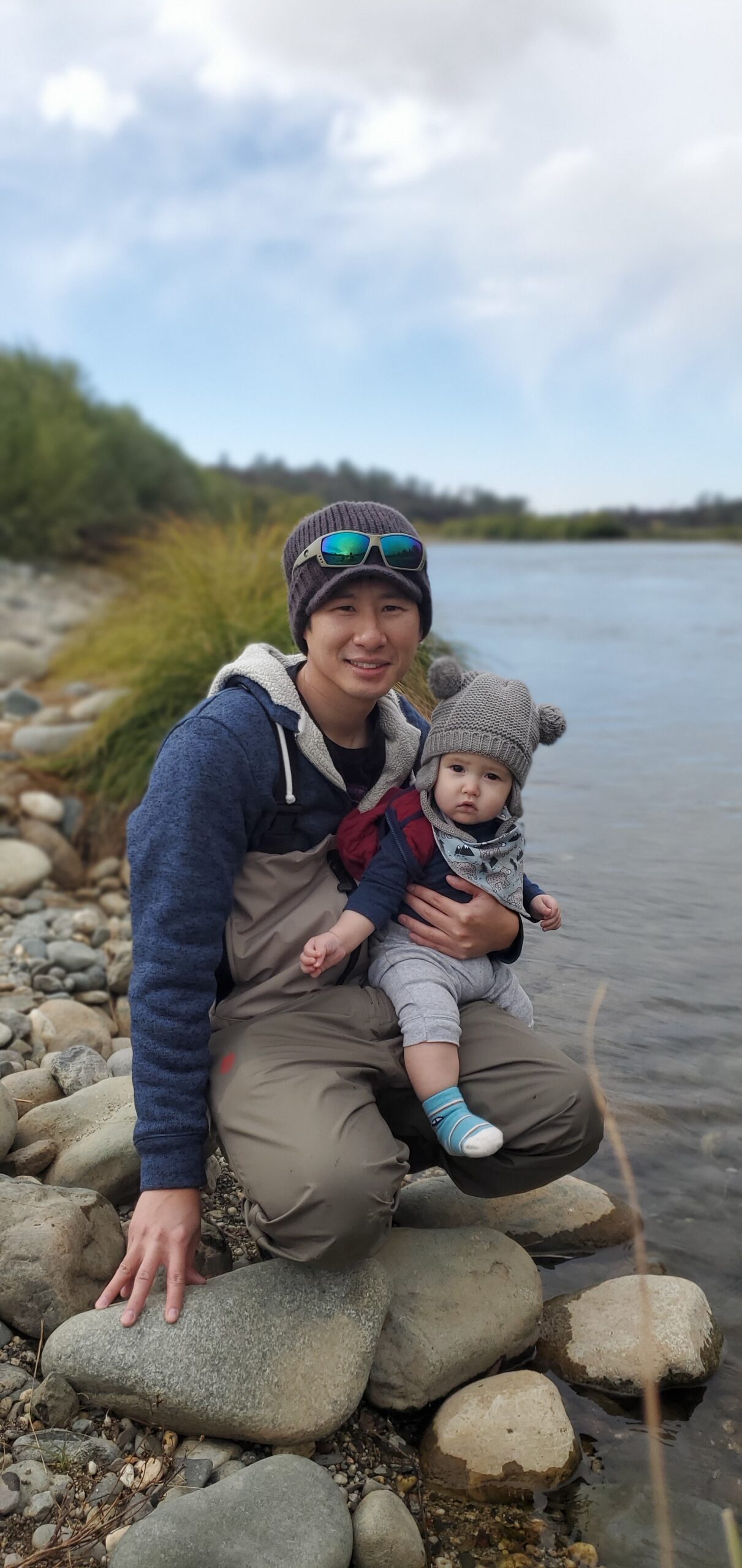
Dad life has officially taken over. I’ve been getting very little time on the water as my now 10 month old son has grown to become more and more interesting every day. In the past I’ve been able to leave the missus at home alone to wet my line but now every time I’m away from the both of them it makes me feel bad. Babies grow fast. I love fly fishing but there’s no love like having a little one.
This year I’ve been in the honeymoon phase of child rearing so not being able to catch a few key hatches hasn’t had too much of a FOMO (fear of missing out) effect on me. My go-to place to fish this year has been the Yuba River. I can catch fish out there year around however I find that hiking around to get some exercise is more important than a few into the net. With COVID19, a mostly sitting office job, and taking care of a little one the infamous dad bod creeps up quick.
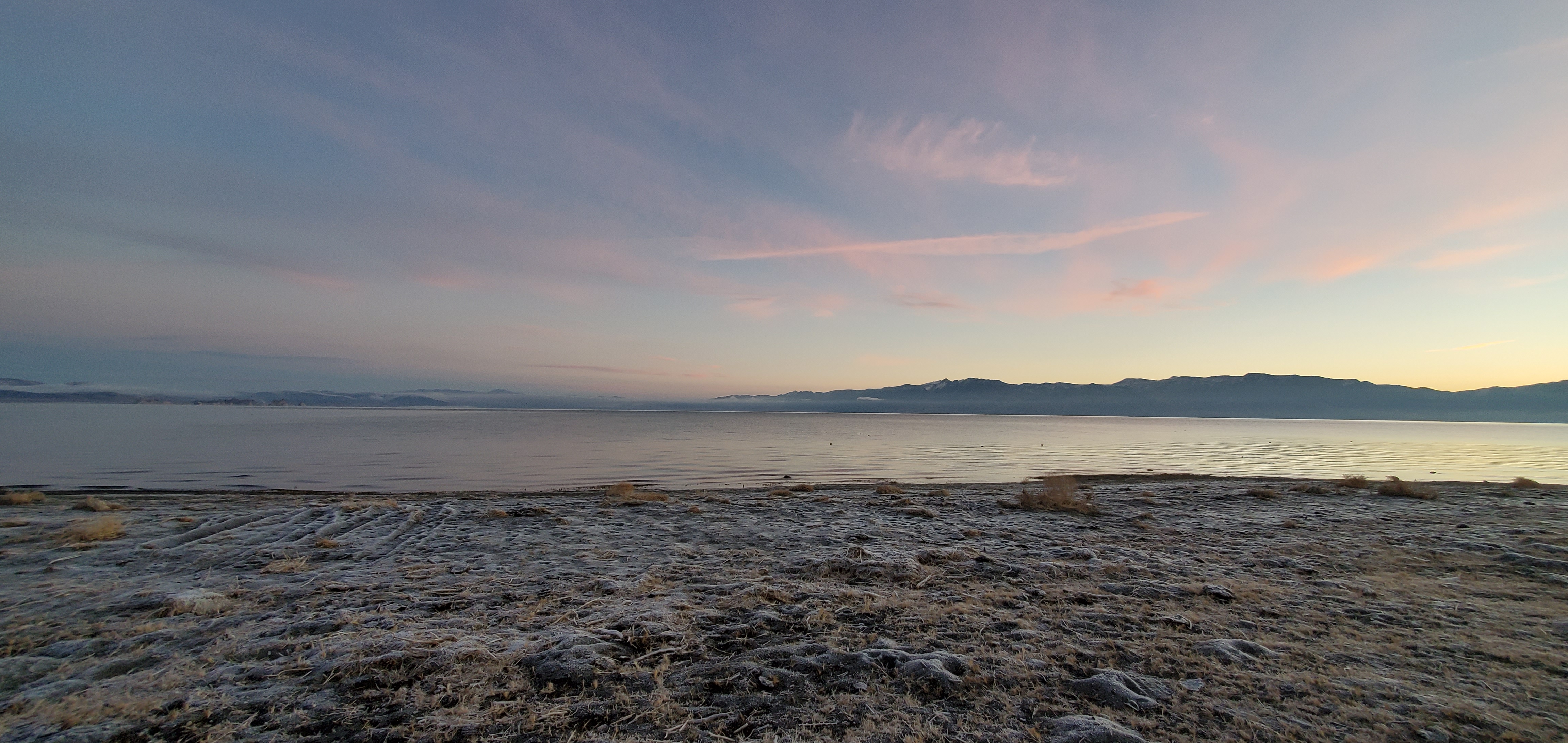
I was able to get out to Pyramid a week ago and didn’t do to well despite tying a few fresh balance leeches, nymphs, and midges. I had three strikes but failed to set the hook on all three. I started out at my favorite spot, Warrior Point, and tried Windless Bay and Pelican as the day went by. The anglers who were in kayaks and boats were doing really well which led me to believe that the fish were further out in deeper water that I couldn’t reach. For future winter outings on Pyramid I’ll be sticking to the deeper beaches and bringing along a float tube. With not being able to put as much time on the water as I would like I need to start maximizing my effectiveness as best as I can.
To make up for my skunk on Pyramid Lake I put in a few hours on the Yuba River. Conditions during my outing on the Yuba River were a bit tough with rising barometric pressure and clearing skies. The fishing was initially slow however once I found a fish and changed my flies things started to turn around fast.
Some anglers look down on the idea of throat pumping however as I mentioned earlier with being effective on the water a throat pump is a tool that will not only help you catch more fish but also help you learn the body of water you’re fishing. I started with a BWO nymph and PMD nymph which typically do really well doing this time of year however despite seeing a bunch of BWOs and pinkies coming off in the afternoon I didn’t get a single take. I thought about trying dries but searching for fish on a dry fly rather than head hunting for risers just doesn’t appeal to me. I switched to a rubberlegs and finally got my first grab. I throat sampled my catch and found two small stonefly nymphs and to my surprise three green caddis larva. I adjusted my rig replacing the nymph for a caddis larva and hooked a bunch of fish the rest of the day. Most of my grabs were from the rubberlegs but the biggest came from the caddis larva.
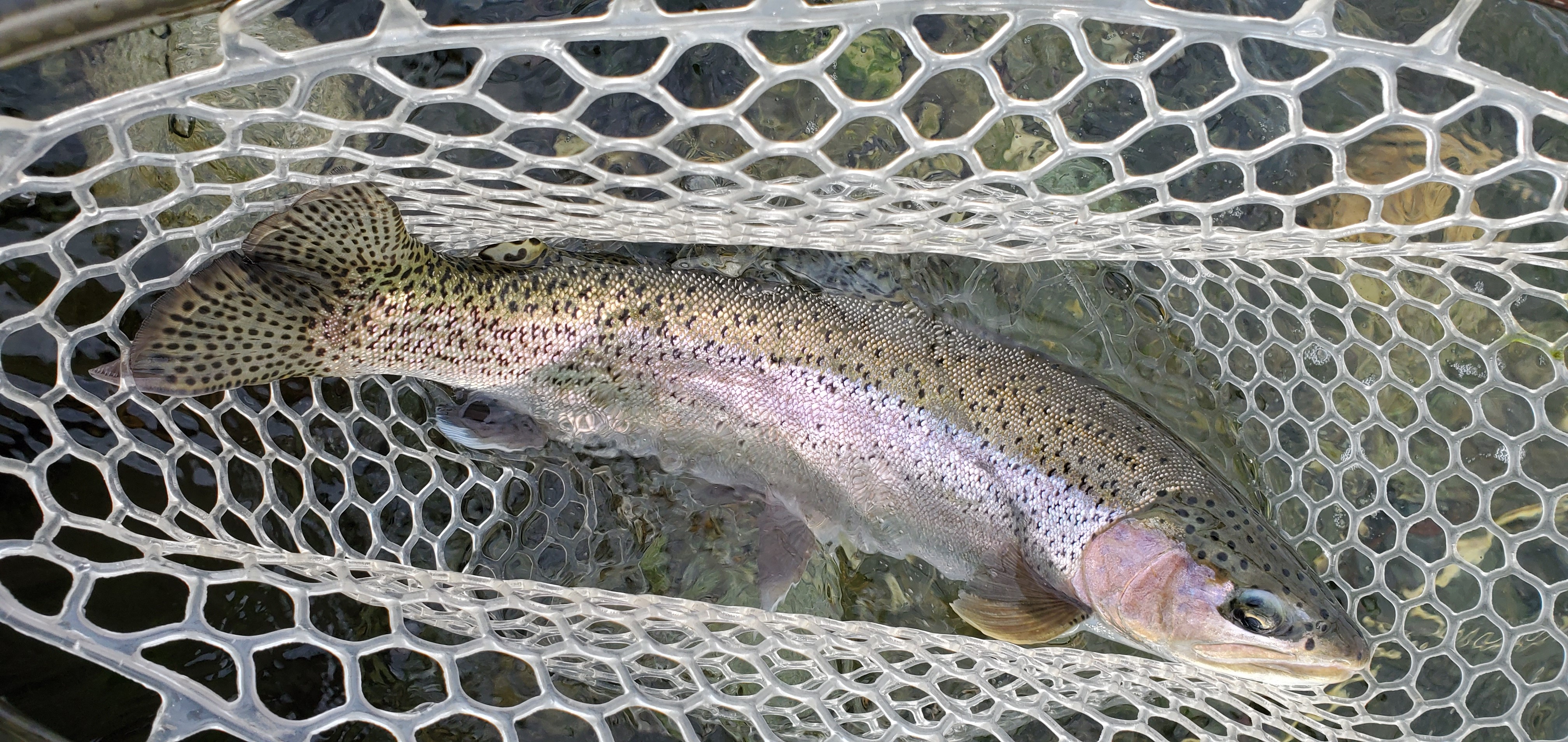
There are so many places that I would like to go but I’m morally shackled by my own will to streams and stillwaters within an hour drive. I’m thinking about trying to learn the float-n-fly for bass for my next outing to expand my options. The more the merrier.
Happy new years!
